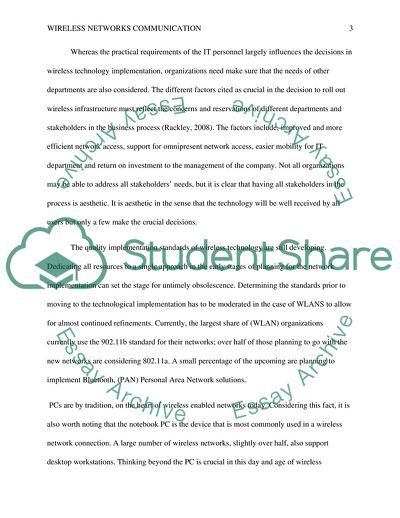Cite this document
(Wireless Networks Communication Essay Example | Topics and Well Written Essays - 1750 words, n.d.)
Wireless Networks Communication Essay Example | Topics and Well Written Essays - 1750 words. https://studentshare.org/information-technology/1761888-wireless-networks
Wireless Networks Communication Essay Example | Topics and Well Written Essays - 1750 words. https://studentshare.org/information-technology/1761888-wireless-networks
(Wireless Networks Communication Essay Example | Topics and Well Written Essays - 1750 Words)
Wireless Networks Communication Essay Example | Topics and Well Written Essays - 1750 Words. https://studentshare.org/information-technology/1761888-wireless-networks.
Wireless Networks Communication Essay Example | Topics and Well Written Essays - 1750 Words. https://studentshare.org/information-technology/1761888-wireless-networks.
“Wireless Networks Communication Essay Example | Topics and Well Written Essays - 1750 Words”. https://studentshare.org/information-technology/1761888-wireless-networks.


